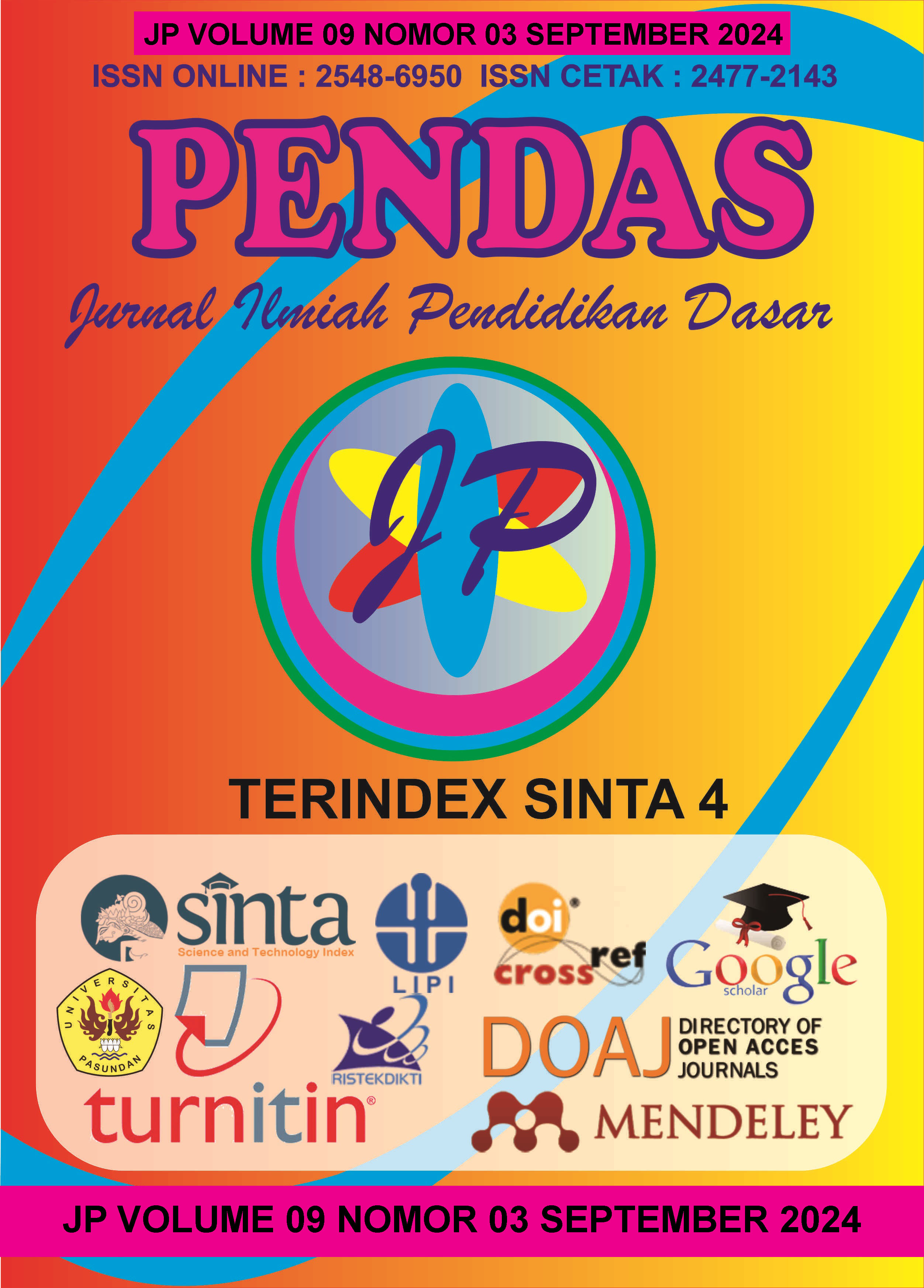IMPLEMENTASI LITERASI DIGITAL DALAM PROSES PEMBELAJARAN DI SD INPRES BORONGRAPPO
DOI:
https://doi.org/10.23969/jp.v9i3.17034Keywords:
Literacy, Digital, LearningAbstract
The aim of this research is to determine the implementation of digital literacy in the social studies learning process at SD Inpres Borongrappo, Bontomarannu District, Gowa Regency. Digital Literacy is understood as the ability to understand and use information in various sources and presented in digital form via electronic devices such as computers, cellphones and tablets, Ginanjar (Glitser 2007). The research method used is a qualitative research method. The research location was carried out at the Inores Borongrappo Elementary School, Bontomarannu sub-district, Gowa Regency. The focus of this research is the implementation of digital literacy in social studies learning at Inores Borongrappo Elementary School, Gowa Regency. Data collection techniques are carried out through interviews, observation, documentation. The data analysis method in this research is interaction analysis (Interactive Analysis) with the steps taken are data presentation, data reduction, data presentation and drawing conclusions or verification. Implementation of digital literacy in social studies learning at Inpres Borongrappo Elementary School itself uses Google, Google forms, and applications such as Canva Quiziz and Kahoot. By using these three systems or applications, teachers can provide material and assignments in them and can be accessed by students easily so that students can quickly respond to what has been instructed by the teachers in the virtual class. Students in the social studies learning process are more interested in using computer and internet-based learning media, because this speeds up the acquisition of learning information. One thing that students often use is Brainly and Wikipedia. Apart from that, the use of devices really helps students in finding learning resources that are not found in textbooks.
Downloads
References
Ginanjar.A.(2019). Implementasi Digital dalam proses Pembelajaran IPS di SMP Al Azhar
Kemendikbud. (2017). Materi Pendukung Literasi Digital: Gerakan Literasi Nasional. Kementerian Pendidikan Dan Kebudayaan.
Naufal, H. A. (2021). LITERASI DIGITAL. Perspektif. https://doi.org/10.53947/perspekt.v1i2.32
Nugraha, D. (2022). Literasi Digital dan Pembelajaran Sastra Berpaut Literasi Digital di Tingkat Sekolah Dasar. Jurnal Basicedu. https://doi.org/10.31004/basicedu.v6i6.3318
Lister, Martin. (2003). New Media: A Critical Introduction. London:Routledge.
NCSS. (2003). Curricullum Standard for The Social Studies. [Online]. Tersedia: http://www.ncss.org/.Somantri, M. N. (2001). Menggagas Pembaharuan Pendidikan IPS. Bandung: Rineka.
Downloads
Published
Issue
Section
License
Copyright (c) 2024 Pendas : Jurnal Ilmiah Pendidikan Dasar

This work is licensed under a Creative Commons Attribution 4.0 International License.



















